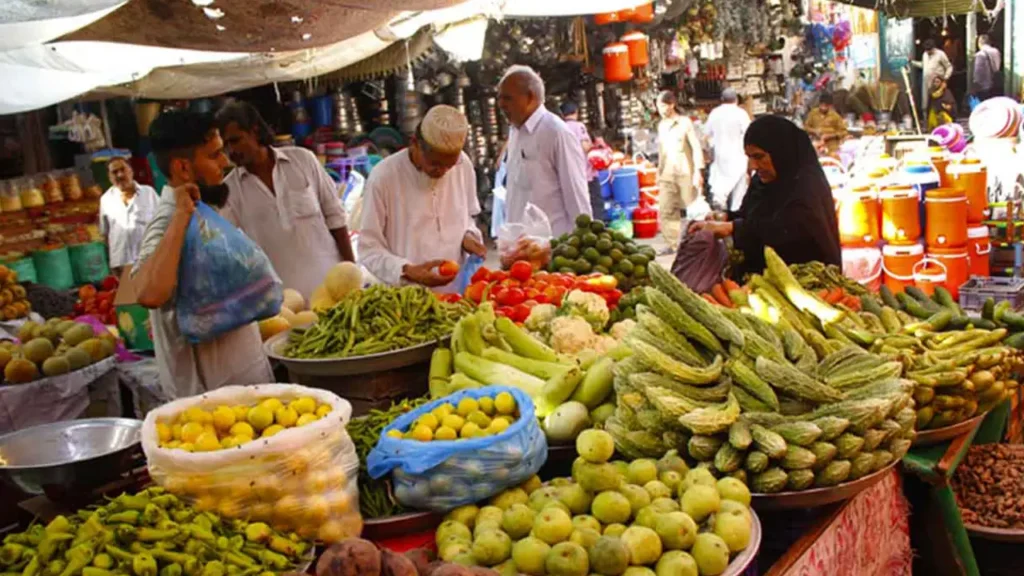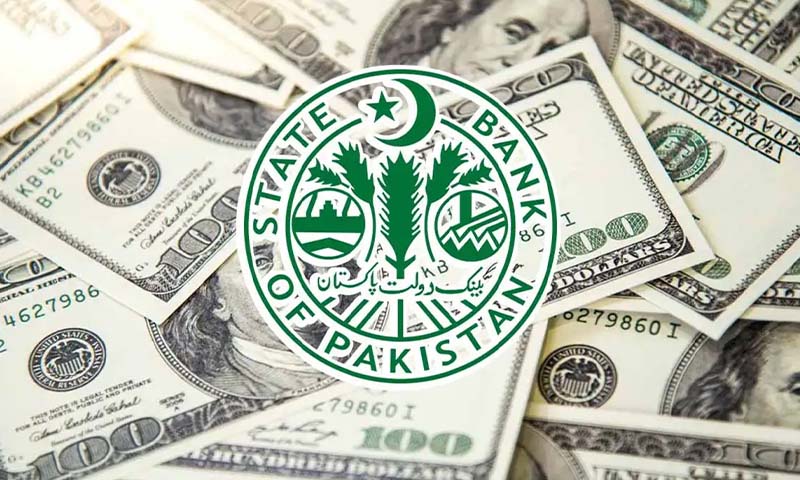- Web Desk
- Today
Weekly inflation rises as tomato, petrol prices climb
-
- Web Desk
- Oct 04, 2025

ISLAMABAD: Inflation in Pakistan ticked up again in the week ending October 2, 2025, with the Sensitive Price Indicator (SPI) recording a 0.56 percent rise compared to the previous week. The Pakistan Bureau of Statistics (PBS) data shows that everyday essentials remain volatile, with food items once again driving much of the change.
The SPI, which tracks the movement of 51 key commodities across 17 cities, offers a snapshot of how inflation is hitting households on a weekly basis. During the week, prices of 19 items increased, 12 fell, while 20 remained unchanged.
Tomatoes top the list of increases
Among food items, tomatoes saw the steepest rise, with prices shooting up by nearly 46.5 percent in just one week. Garlic and onions also became more expensive, rising by 1.41 percent and 1.22 percent respectively.
Red chili powder went up 0.72 percent, while meat prices edged higher, with mutton increasing by 0.59 percent and beef by 0.41 percent. Dairy products and kitchen staples added to the pressure, as curd became costlier by 0.19 percent and vegetable ghee by 0.22 percent.
Fuel prices added to household concerns. Petrol rose 1.72 percent while high-speed diesel went up 1.45 percent. Non-food items such as lawn fabric and cigarettes also registered slight increases.
Relief from chicken and bananas
Not all items followed the same trend. A notable fall was recorded in chicken prices, which dropped 7.96 percent, providing some relief to consumers who rely on it as a cheaper protein source. Bananas also became less expensive, down by 0.78 percent.
Among pulses, gram declined by 0.67 percent and moong by 0.29 percent. Potatoes and gur recorded slight decreases, while LPG cylinders fell 0.42 percent and cooking oil five-litre tins dropped 0.30 percent. Eggs too eased by 0.41 percent.
Year-on-year inflation remains elevated
When compared with the same week last year, the SPI showed an overall annual increase of 4.07 percent. Tomatoes again dominated the surge with a staggering 89.81 percent jump year-on-year. Sugar rose by 33.73 percent, while wheat flour was up 13.37 percent.
Among non-food items, ladies’ sandals saw an unusual 55.62 percent jump and gas charges for the first quarter went up nearly 30 percent. Diesel and beef prices both climbed by more than 12 percent, while firewood and vegetable ghee also rose by double digits.
Some items, however, registered major falls over the year. Onion prices dropped nearly 45 percent, chicken fell by 31 percent and garlic by 29 percent. Electricity charges for the first quarter were down by over 26 percent compared with the same week in 2024. Prices of pulses also eased, with gram declining 24 percent, mash down 19 percent and masoor falling just over 4 percent.
Impact across income groups
The data shows inflation was not felt equally across income brackets. For the lowest quintile, representing households earning up to Rs17,732 a month, the SPI rose by 0.82 percent week-on-week and by 3.9 percent compared with last year.
For middle-income groups, weekly increases ranged between 0.57 and 0.76 percent. The highest spending group, with monthly income above Rs44,175, recorded the smallest weekly rise at 0.49 percent, but a year-on-year increase of 3.35 percent.
This pattern reflects how lower-income households remain more vulnerable to weekly changes, as a larger portion of their spending goes towards food and energy.
A volatile ten weeks
The PBS report also highlights the rollercoaster trend of the past ten weeks. Inflation spiked in early September, with a sharp weekly rise of more than 2 percent for the lowest expenditure group. By mid-September, prices cooled, only to rebound again in late September and early October.
Overall, the combined SPI reached 332.17 points in the latest week, up from 330.32 the week before, and 319.17 in the corresponding week last year.
What it means for households
For families across Pakistan, the numbers translate into a constant juggle between essential needs. The sharp rise in tomatoes is particularly striking, as the vegetable is a key ingredient in many dishes. Even a modest increase in petrol and diesel prices affects transport costs, which can push up other goods down the supply chain.
The data also underlines how unpredictable food prices have become. While chicken and onions offered some relief this week, their volatility in past months shows that such dips are often temporary.
A wider inflation story
The weekly SPI serves as an early warning signal of inflationary trends before they are reflected in monthly or quarterly reports. With global fuel markets unsettled and domestic supply chains facing pressure, the coming weeks will be crucial in determining whether inflation eases or climbs further.
For now, households are left navigating a mixed picture: sharp hikes in some essentials balanced by modest declines in others. But for the average consumer, the pressure on the monthly budget continues to mount, especially for those on lower incomes who spend most of their earnings on food and utilities.





